Why and how to use a Circular Polarising Filter
Give Your Photos Extra Pop With This Filter
A Circular Polarising Filter can be a photographer’s best friend, but it’s really important to know when and how to use one to its fullest potential.
Read on for your complete guide to when and how to use a circular polarising filter to give your photos some extra pop and colour.
What Is a Circular Polarising Filter?
A circular polarising filter is a filter that you attach to your lens that can greatly enhance your photos if used correctly. It cuts down on certain types of light and can improve overall contrast in a landscape.
There are many articles explaining the technicalities that are not going to be covered here. Think of it as similar to wearing sunglasses to reduce glare as the simplest explanation of what they do.
Everyday use of polarising filters – good old sunnies! (These 2 images are courtesy of Canva)
While there are several brands and styles, this article will focus on the type that screws onto the end of your lens.
What does a Circular Polarising Filter do?
Eliminates glare and reduces reflections
This works both on buildings and water so you can see into the water (see example below). This is also helpful to reduce glare on waterfalls caused by sunlight.
They can also help to reduce reflections on other surfaces such as glass and metal.
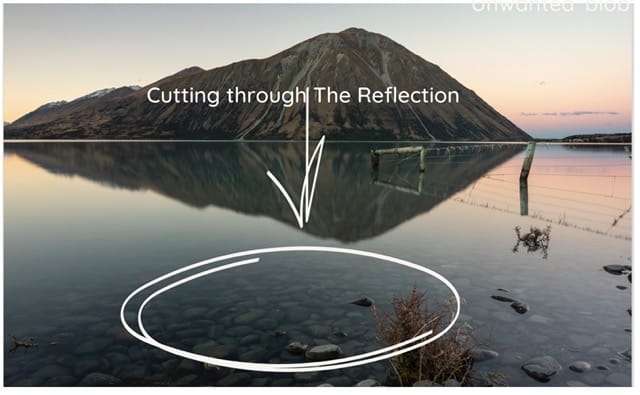
Darkening and saturating the sky
This is particularly helpful when shooting during the day when there is a high contrast due to the harsh light of the sun. They are most effective if you can position the sun off to the side as it will have little effect if the sun is either directly in front or behind you.
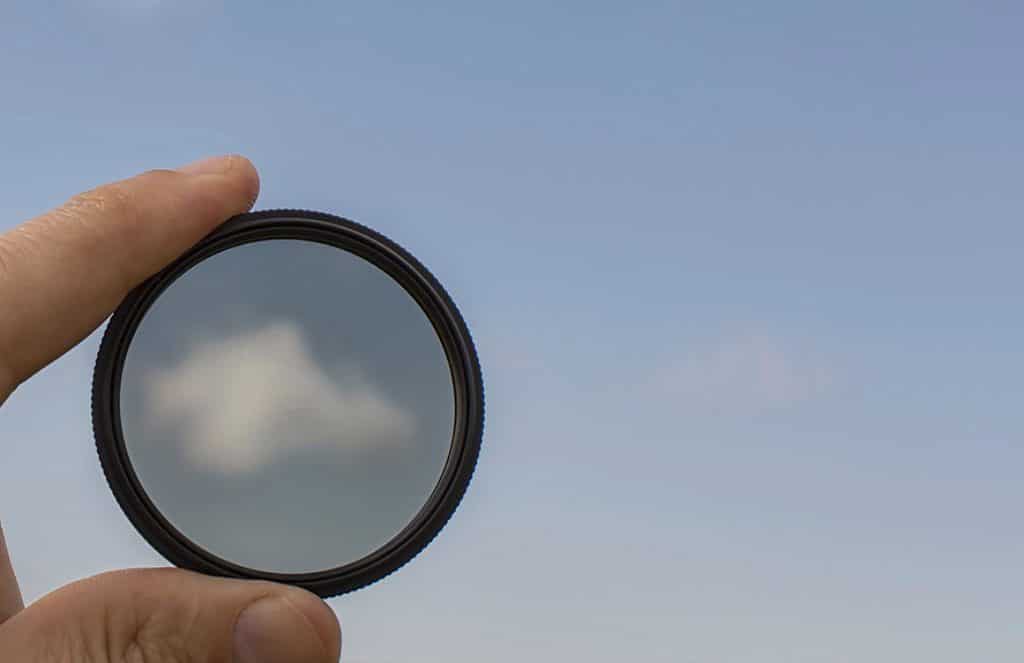
Saturates colours
This works particularly well with foliage – think forests and waterfalls.

This day at Hopetoun Falls was the day the penny dropped for me with a Circular Polarising Filter. I was in a workshop and was shown the technique of zooming in on the camera’s LCD screen and ‘spinning’ said filter. It totally blew my mind the difference it made. I’d almost go as far to say that I hardly felt the 200 stairs back out. ‘Almost’ being the operative word. Once you have that revelation you can’t go back.
Slows down shutter speed
As a Circular Polarising Filter reduces the amount of light coming into the camera, it slows down your shutter speed. Depending on the type and brand, this can darken the exposure by 1-3 stops – beneficial if you are looking for a slightly longer exposure during the day or at waterfalls for example

How To Use a Circular Polarising Filter
Once it is securely placed on your lens, use the magnification to enlarge the area that you want enhanced. Then rotate the filter until you see the desired effect.
Quick Tip – Make sure you reposition the polariser if you change your camera’s orientation from landscape to portrait and vice versa. This is something I am definitely guilty of and the prime reason I don’t leave it on all the time as some do. I usually only use it in certain circumstances as listed above.
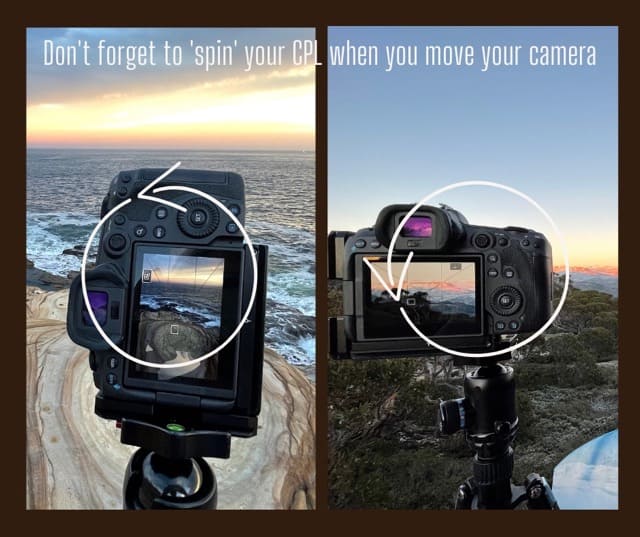
When Not To Use A Circular Polarising Filter
As wonderful a tool the Circular Polarising Filter is, it’s not something that is to be used at every opportunity. It can in fact ‘ruin’ your image, and here are some examples when this is the case.
When shooting into the sun
Not only can it’s effects be minimal in this case, it can actually enhance ‘flare’
When there isn’t enough light
As it slows down the shutter speed, this is generally not an issue if shooting on a tripod, but definitely something to consider if you’re shooting hand held. No one wants blurry images.
When you want to keep or enhance a reflection
Such as at a lake or on a building.
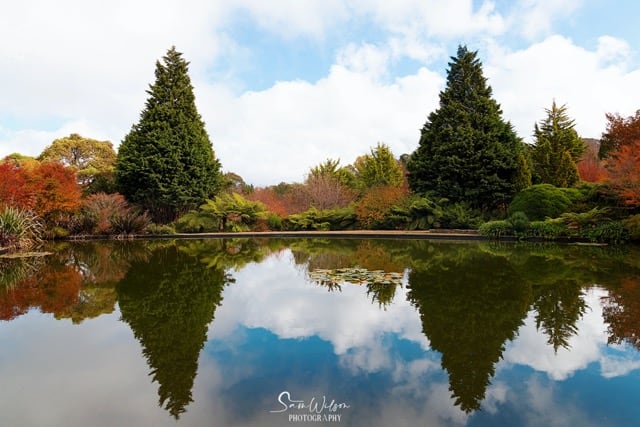
Important To Be Aware Of
Uneven polarisation can occur (H3)
A Circular Polariser Filter will work best when the sun is off to the side. If the light is coming from directly behind or above, patchiness and ‘blobs’ can occur in the colour of the sky. This can also happen when using an ultra wide lens, so always check before leaving.
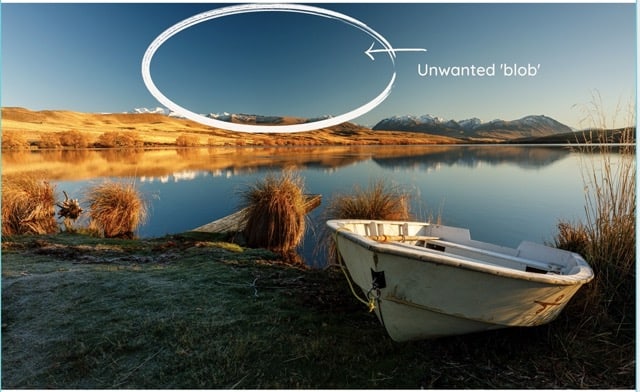
Conclusion
I consider a Circular Polarising Filter an essential part of gear and one that lives in my bag. Always remain mindful of when to use them, and when not to.
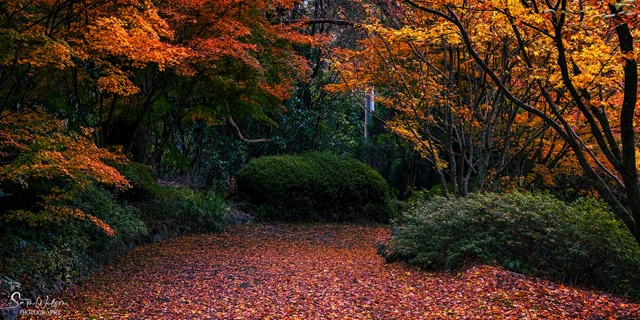
Autumn is particularly a time that a Circular Polarising Filter is extremely valuable. If you’d like to see my complete guide on taking awesome Autumn photos, just head here.
Have you used a Circular Polarising Filter, and do you you consider them essential? I’d love to hear your thoughts and experiences.
Let me know in the comments below.
That’s it for now – Keep clicking and stay caffeinated
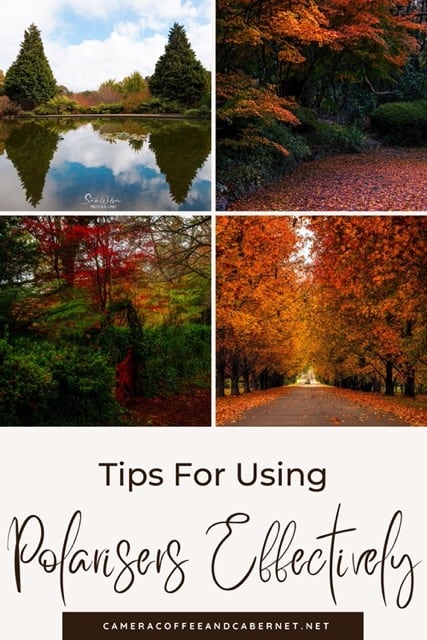
Don’t miss a post – sign up Here if you haven’t already

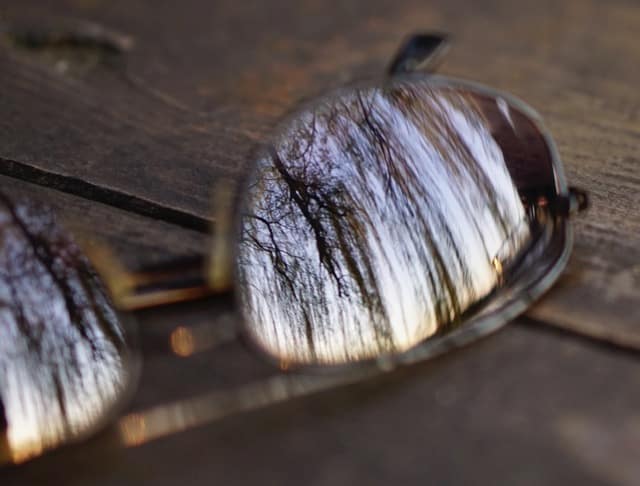


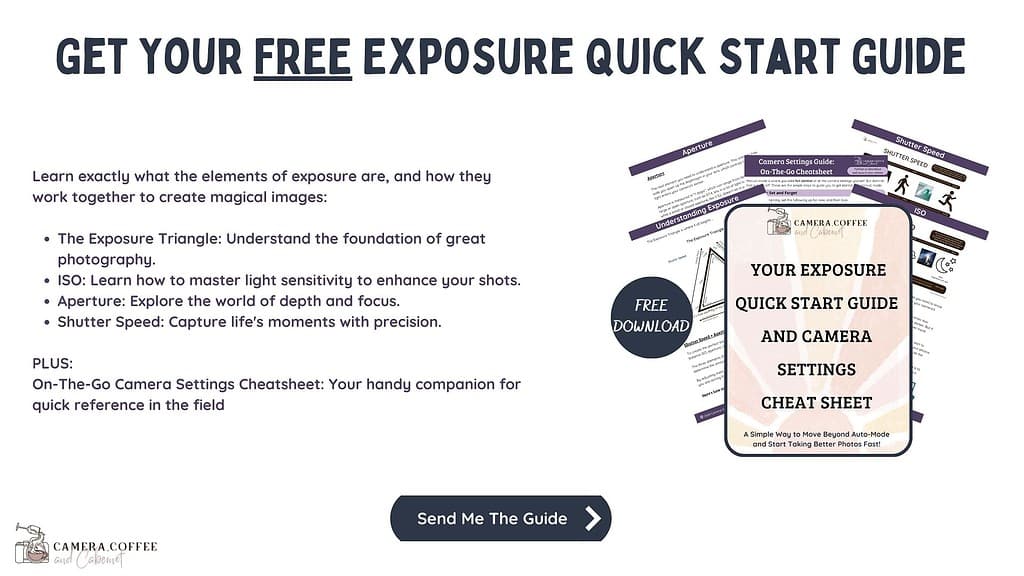




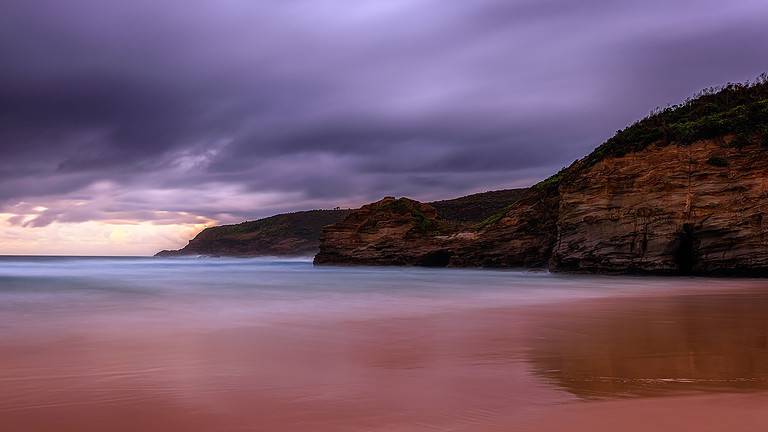


9 Comments